Review: 2023 Acura Integra A-Spec Advanced
Is the 2023 Integra the equal of the deliciously chuckable ‘90s sport compact by the same name? That’s the question Acura brings to the table by dumping the outgoing, slow-selling ILX in the garbage and resurrecting this beloved, long-dormant badge. The objective answer is no, not even a little bit … but examined in context, that’s not a fair reason to dismiss it out of hand. Let’s take a look.
For enthusiasts of a certain age, the word “Integra” summons heady visions: feisty yellow or pure white paint, edgy spoilers, and the yowl of a VTEC four-cylinder banging against a 8300-rpm redline. The source of this daydream is the Integra Type R, a limited-production dynamo that was a long way from the ordinary commuter car on which it was based. We’re talking Formula 1-like piston speeds, lightning response from a taut chassis, and the sound deadening capability of frayed cheesecloth. It is the closest thing Honda has ever sold to a race car for the road.
The Type R’s legacy plays tricks with our memories and expectations of what the Integra name stands for. The truth is more mundane; this car is and always was a more grown-up Civic. Specifically, one for people preferring the premium Acura brand over that of a plain-Jane Honda. It’s easy to forget that Acura dealers had a hard time selling the hardcore Type R. And customers went home with many times more LS and RS Integras with automatic gearboxes than crisp-shifting manual GS-Rs.
Even the regular Integra, however, was fun to drive. In the 1990s, when Honda was arguably at the peak of its game, the commonality between the Civic and Integra meant both cars were light, nimble, and high-revving. The Civic was a simple car built to a high standard and endowed with a certain outsized eagerness. Acura’s version was much the same, albeit edgier in styling and more generous with creature comforts. It was a zippy, youthful entry-level model for a still-budding premium brand.
The 2023 Integra holds true to this same tradition. Its overall silhouette is very similar to that of the Civic hatchback on which it is based, and the configuration includes the same four doors and five passengers. Nobody is buying small coupes anymore, and the only ones left are the rear-drive Toyota GR86/Subaru BRZ. You may recall that Honda killed its own Civic coupe after the last-gen model bowed out. That left either sedan or a hatchback for the Integra, and I think we’re all grateful Acura opted for the five-door.
Back seat space is extremely generous compared to the truly compact Corolla. Owing to the Integra’s shape, which is more liftback than true hatchback, the cargo area is somewhat modest with the rear seats up, and luggage has to be lowered into it over the rear bumper rather than tossed carelessly. With the rear seats lowered into their flat position, however, it feels more like a traditionally cavernous hatchback. This trade-off makes sense if you think about it for a minute; the purely utility-minded crowd will flock to the Honda HR-V, CR-V, or Acura’s own RDX without even considering an Integra.
What we have with the Integra is essentially a liftback version of the current Civic Si. The engine is the same direct-injected, 1.5-liter turbocharged four-cylinder, good for 200 hp and 192 lb-ft of torque. Front-wheel drive is the sole setup, with a CVT as standard.
Our Liquid Carbon Integra test car came in fully-loaded A-Spec with Technology trim, which is the only way to get a six-speed manual transmission. Compared to the base Integra that starts at $31,895, the top-tier A-Spec with Technology will run you $36,895 and add adaptive dampers, a helical limited-slip differential, a fantastic ELS Studio 3D audio system, a nine-inch touchscreen display, and cushy microsuede-trimmed upholstery. The only option on our press-fleet example was the aforementioned gray metallic paint, offered at a reasonable $500.
Hold the phone, you say. Thirty-seven large for a front-wheel-drive, 200-hp liftback with a 1.5-liter turbo engine and an exhaust note no more intimidating than a Pomeranian? A fair observation, dear reader! But it is a price with precedent; consider the Acura RSX Type S, a two-door sport coupe which replaced the ‘90s Integra and sold new for $23,170 in 2001. Adjusted for inflation, that’s $38,766 at current conversion rates, which should help put this latest iteration in perspective.
Hold the phone again, you say. Didn’t that RSX Type S also make 200 hp, but from a higher-revving and naturally aspirated 2.0-liter? That redlined at 7900 rpm versus the new Integra’s mere 6500? And wasn’t it 2778 pounds, compared to the current car’s 3073 pounds?

This reality helps explain why enthusiasts are currently shelling out stupid money in the used market for clean survivor examples of the RSX Type-S, and why these same enthusiasts are doomed to be underwhelmed by the new Integra. The situation shines a light on a sad truth we all know deep down: Honda doesn’t build small cars like they used to.
Tempting as it is to get indignant about this sad state of affairs, Honda isn’t the only one. A new GTI has a similar price and similar weight as the new Integra, and it similarly drives nothing a GTI from 20 years ago. C’est la vie.
At least at the outset, Acura’s product planning strategy is working. It reports that a stunning 60 percent of Integra reservations were for the manual A-Spec with Technology variant, far surpassing internal forecasts of roughly 30 percent.
Anxious enthusiasts who’ve plunked down deposits will most appreciate the Integra’s well-sorted suspension. It strikes that ineffable, early-2000s-BMW balance between cornering prowess and ride composure. The car understeers when pushed, but not badly, and the diff lets you get on the power early without washing out the front end. Yes, the turbocharged 1.5-liter is sluggish to rev compared to the more willing naturally aspirated Honda four-cylinders of old. But the engine does like revs, and it’ll spin happily at its 6000 rpm power peak. Practical around town, yet delighted to be thrashed ? Should feel familiar to longtime Honda-heads, if a little rounded off around the edges.
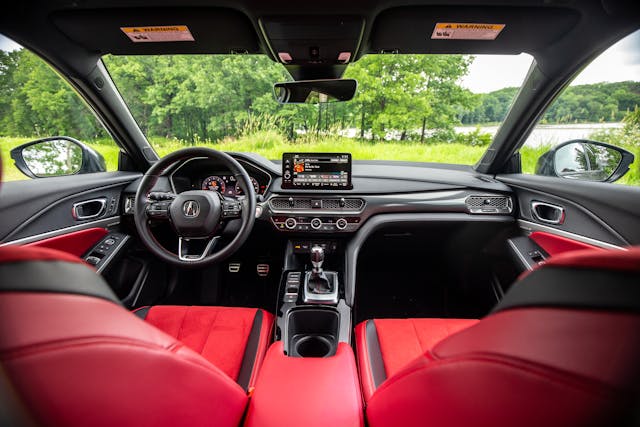
As true modern enthusiast car, however, it is less convincing. Among the compact, sporty cars that haven’t been erased in favor of lifted little trucklets—think GTI, Elantra N, and Mazda 3 Turbo—the Integra feels like the least performance-oriented of the bunch. Certainly not as macho and serious as the Elantra N, whose strong brakes and growly exhaust vastly outshine the Acura’s. The Mazda 3’s engine is far more robust, not to mention more refined. The Integra’s steering, however, is perhaps the most lively, and the six-speed manual gearbox retains a familiar, pleasantly mechanical sweetness.
It’s worth nothing, too, that the Integra boasts the best interior of this cadre, save perhaps for the chic Mazda. The mesh-pattern dashboard is more or less a copy-paste of the Civic’s, which means it’s both interesting to look at and easy to interact with—an enormous win. Seats are comfortable, supportive, and the infotainment interface is modest but intuitive. Big points for the killer ELS audio system, which pumps the cabin with a rich sound suited to all music genres; it feels worthy of a car costing twice this much.
Should you buy one? That depends. The 2023 Integra will not transport you back to 1999, embossed rear bumper notwithstanding. But if a Civic Si hatchback with an interior that feels genuinely worth $10,000 more sounds appealing, this Acura will not disappoint. There is cause for concern, however. I suspect that lower-trim Integra variants with less impressive interior trim and no performance bonafides will utterly fail to lure Civic buyers into the Acura fold. That’s not a knock on the Integra as much as it is an acknowledgement of just how good the Civic Sport Touring is—how upmarket it feels, how well it drives, and how good it looks at under $30,000.
Once the early-adopters have been satiated, can Acura really justify an entry-level hatchback solely on the merits of a $37,000 variant with a manual gearbox? I have a hard time believing so, unless the real goal is to goad people into the showroom and politely steer them toward the bigger, probably more profitable RDX crossover. This isn’t a healthy long-term strategy if you’re an Integra fan, even if a bonkers Civic Type R equivalent is on the way. Hopefully I’m wrong. I quite like the new Integra—at least for what it is, and not the plucky ‘90s sport compact it most certainly isn’t.

***
2023 Acura Integra A-Spec Advanced
Price: $36,895 / $37,395 (base / as-tested)
Highs: Attractive interior, stunning audio system. Solid steering feel, eager chassis with a sensible balance between ride and handling.
Lows: Manual, diff, and dampers are limited to the most expensive trim. Underpowered, no character to the exhaust note.
Summary: Not the Integra you remember, but a damn good luxury Civic Si if that sounds tempting.

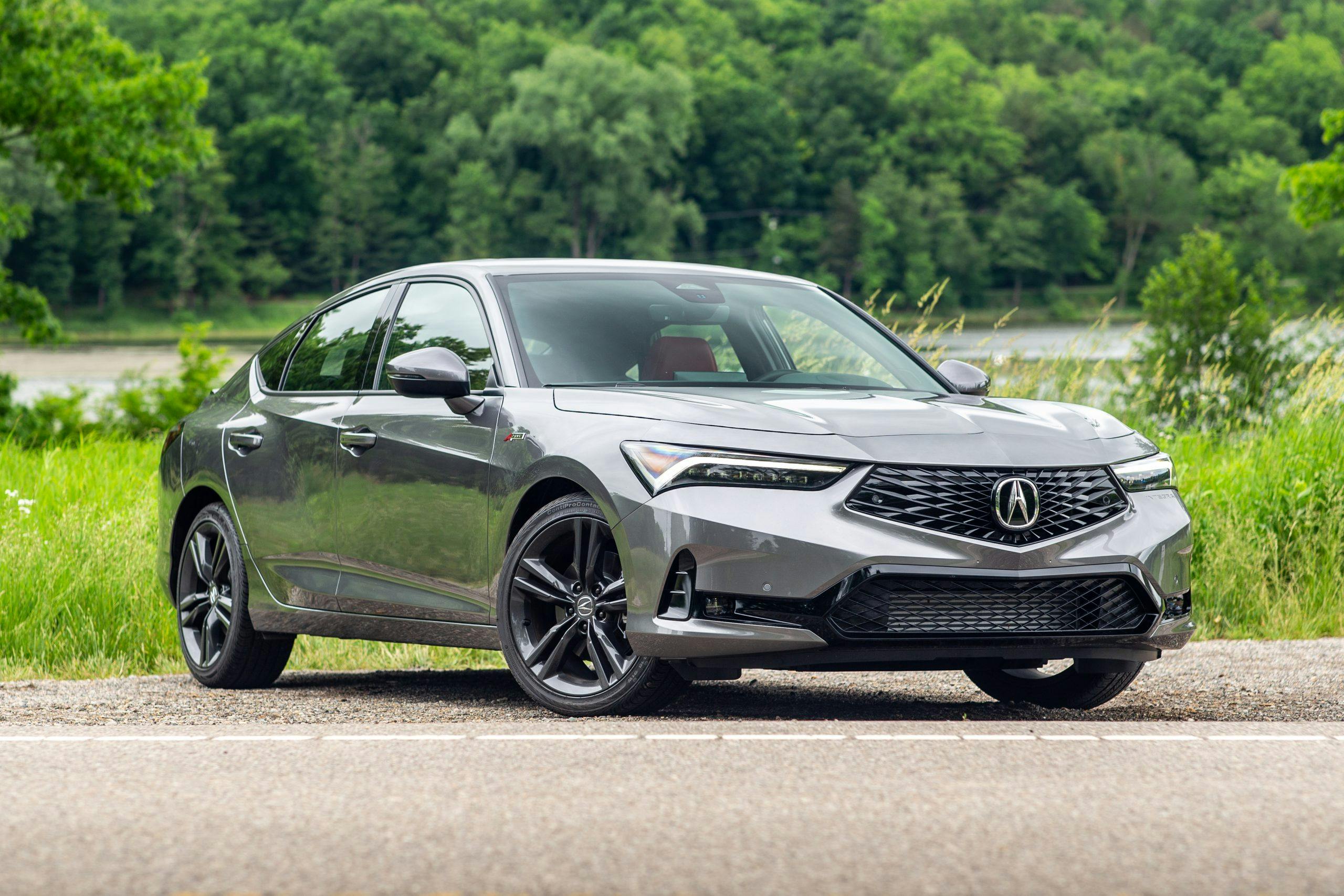

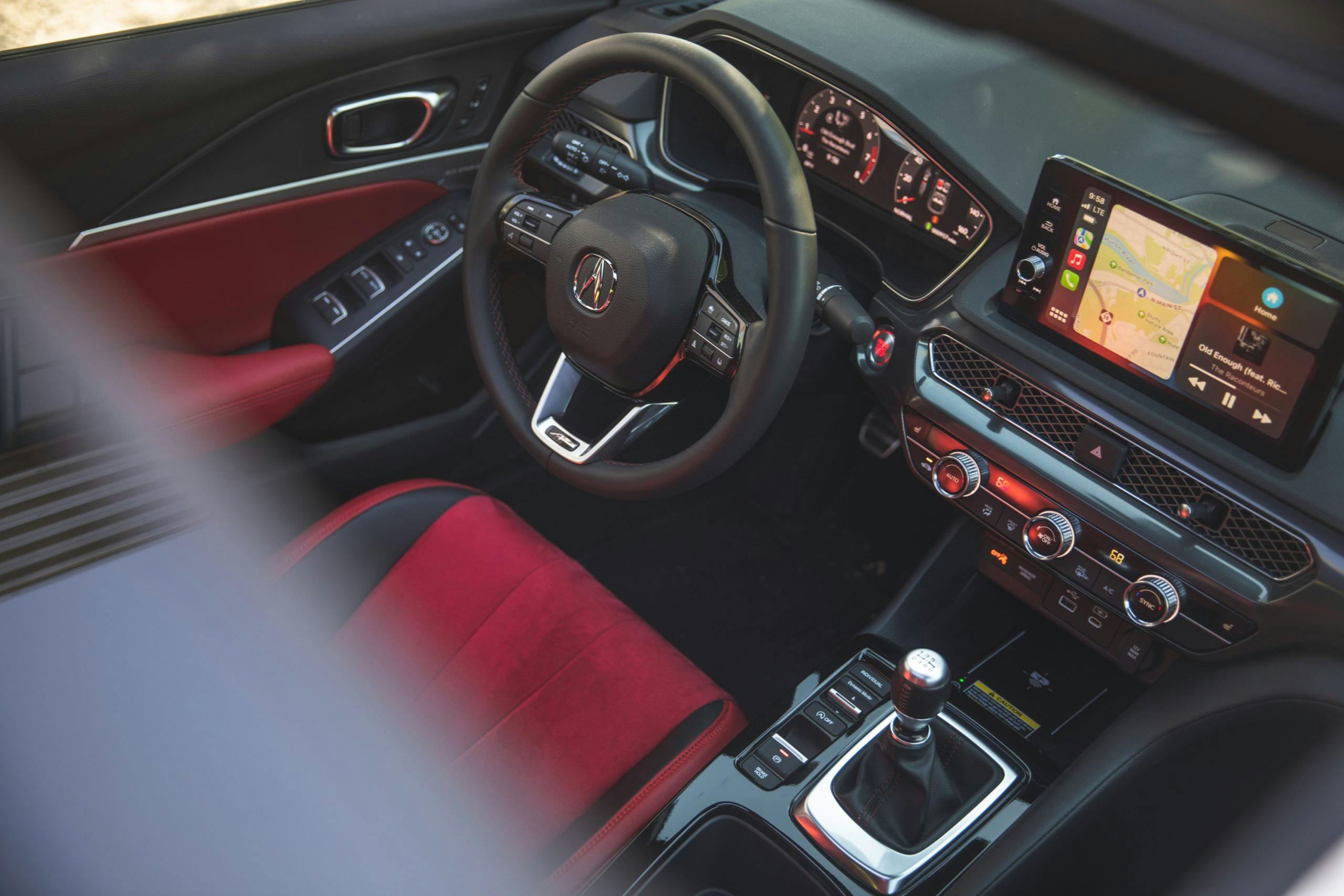
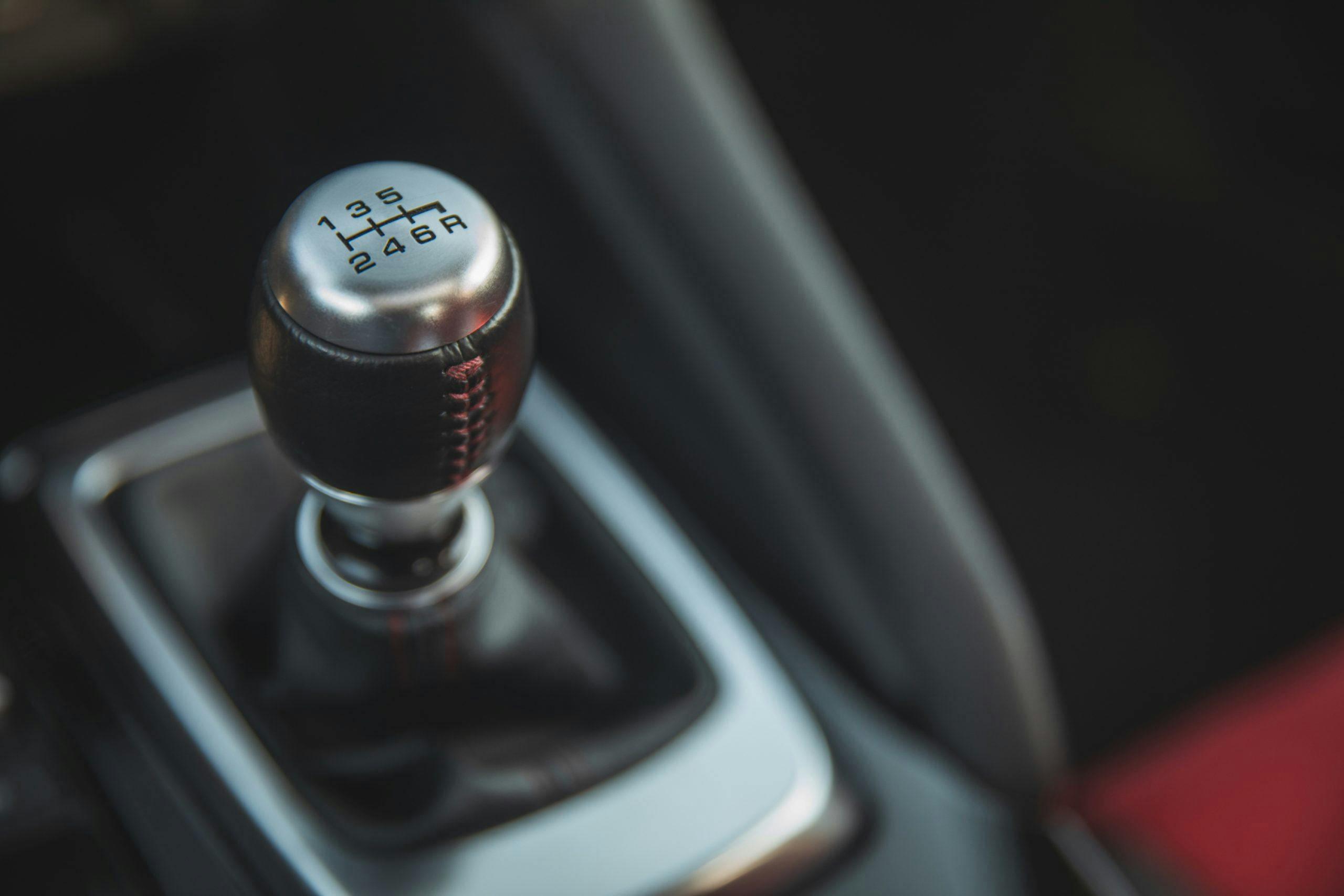


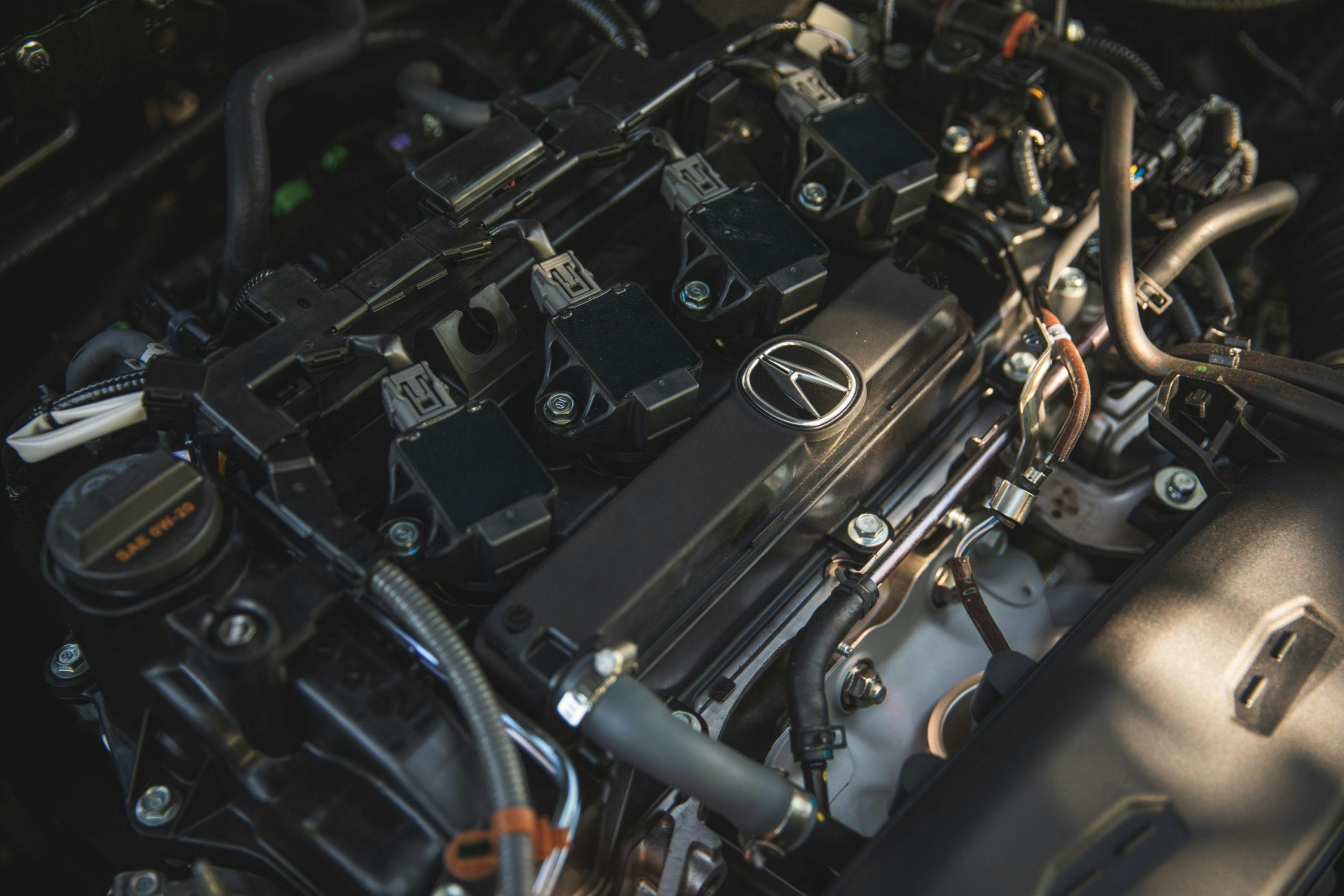
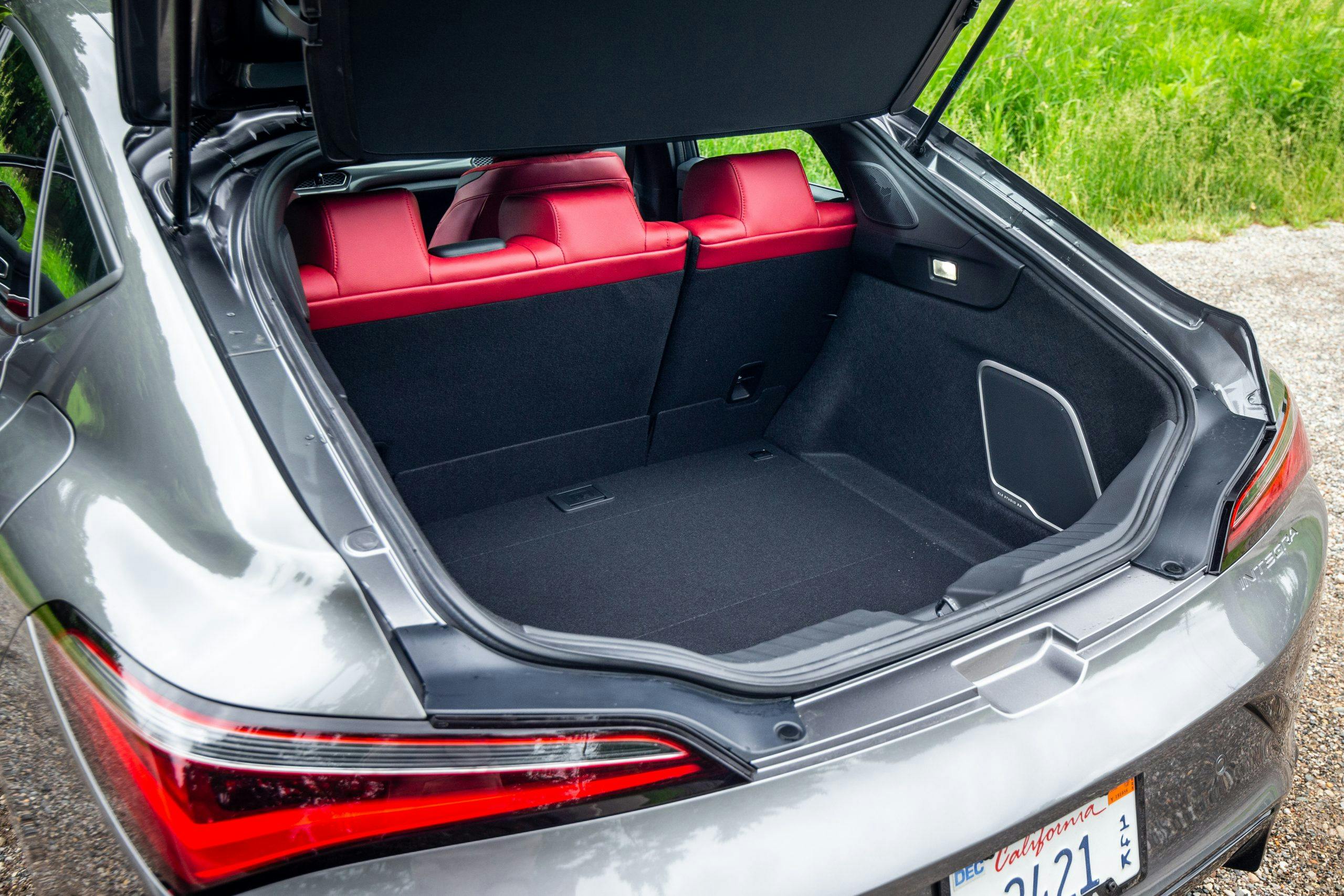
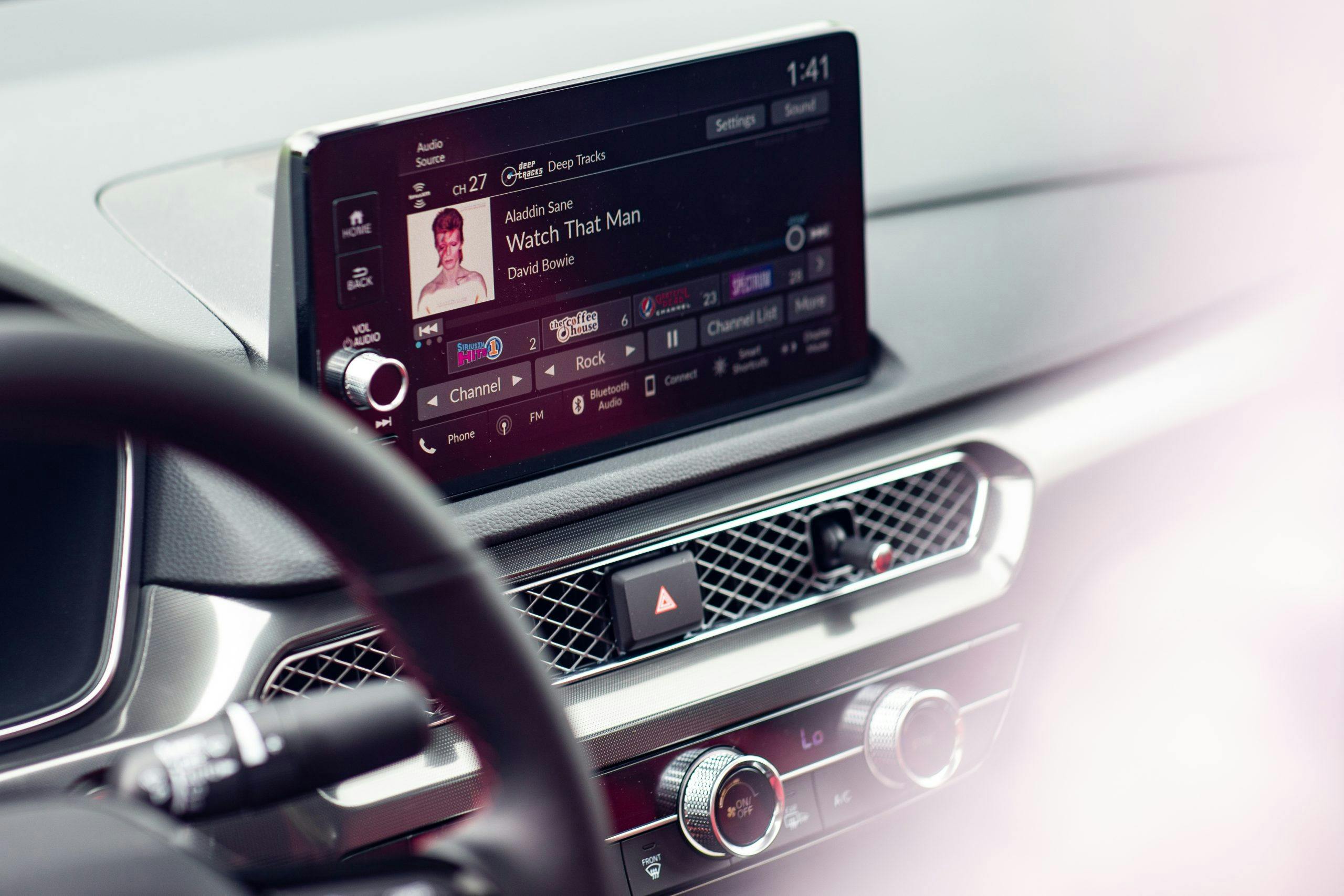


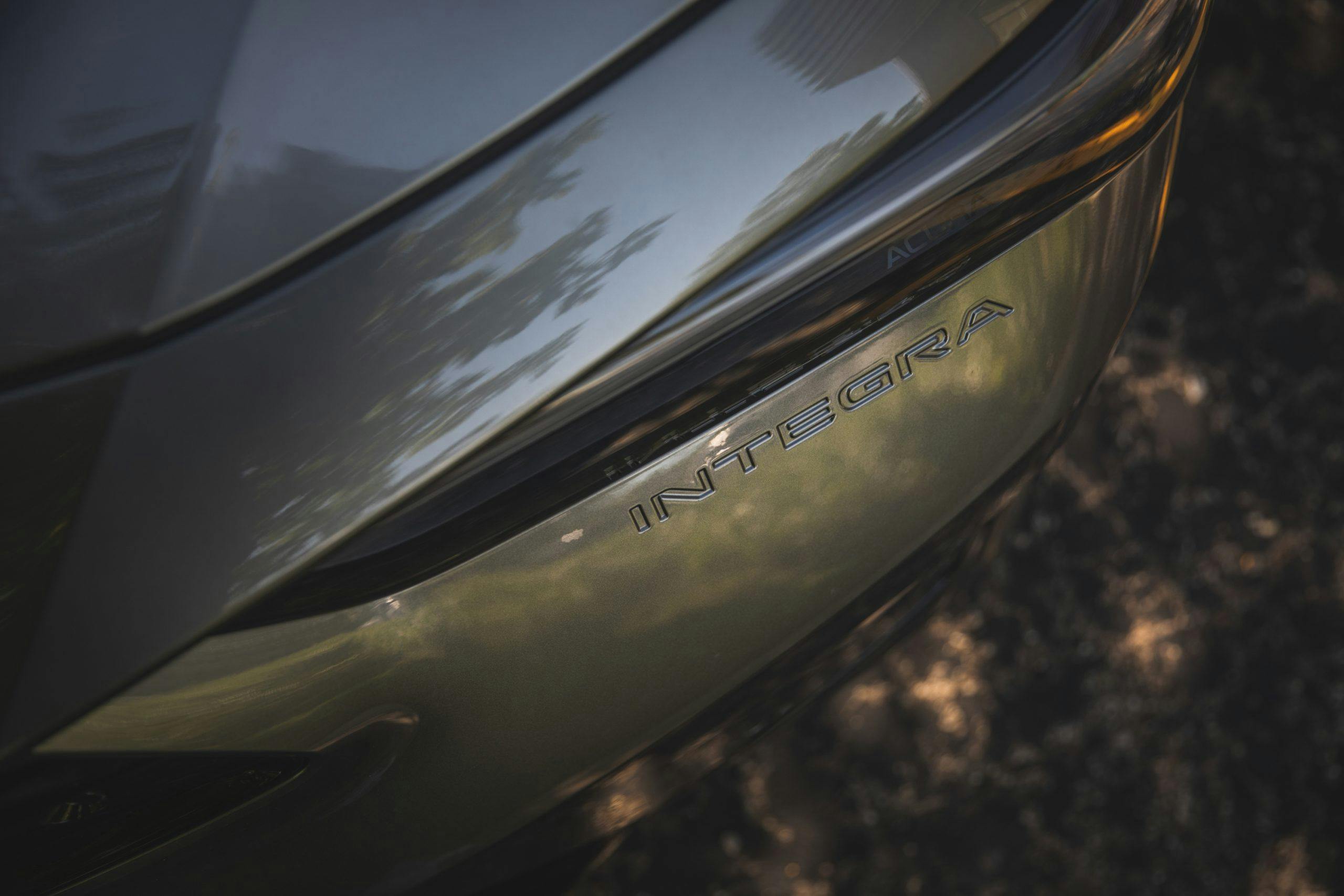

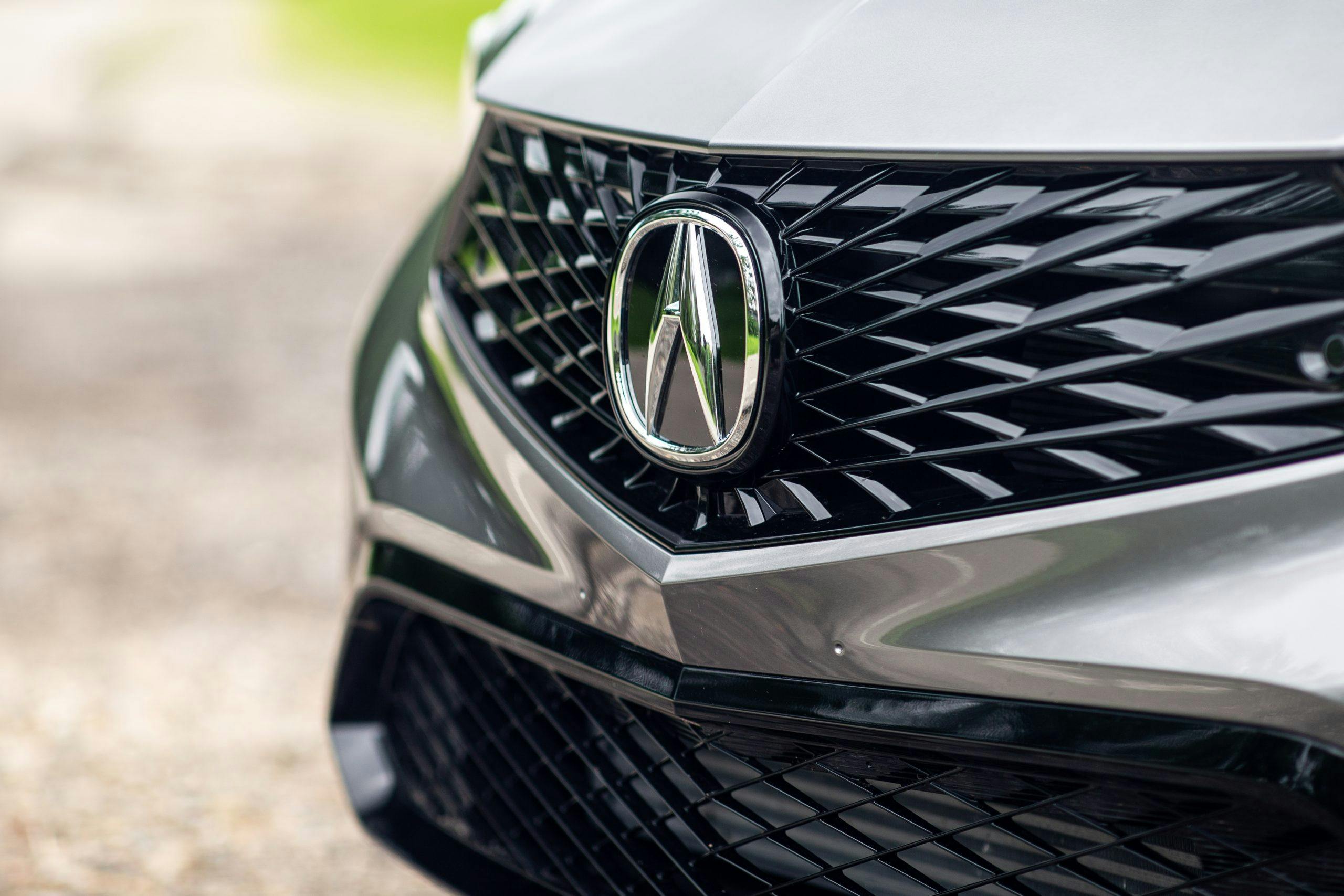
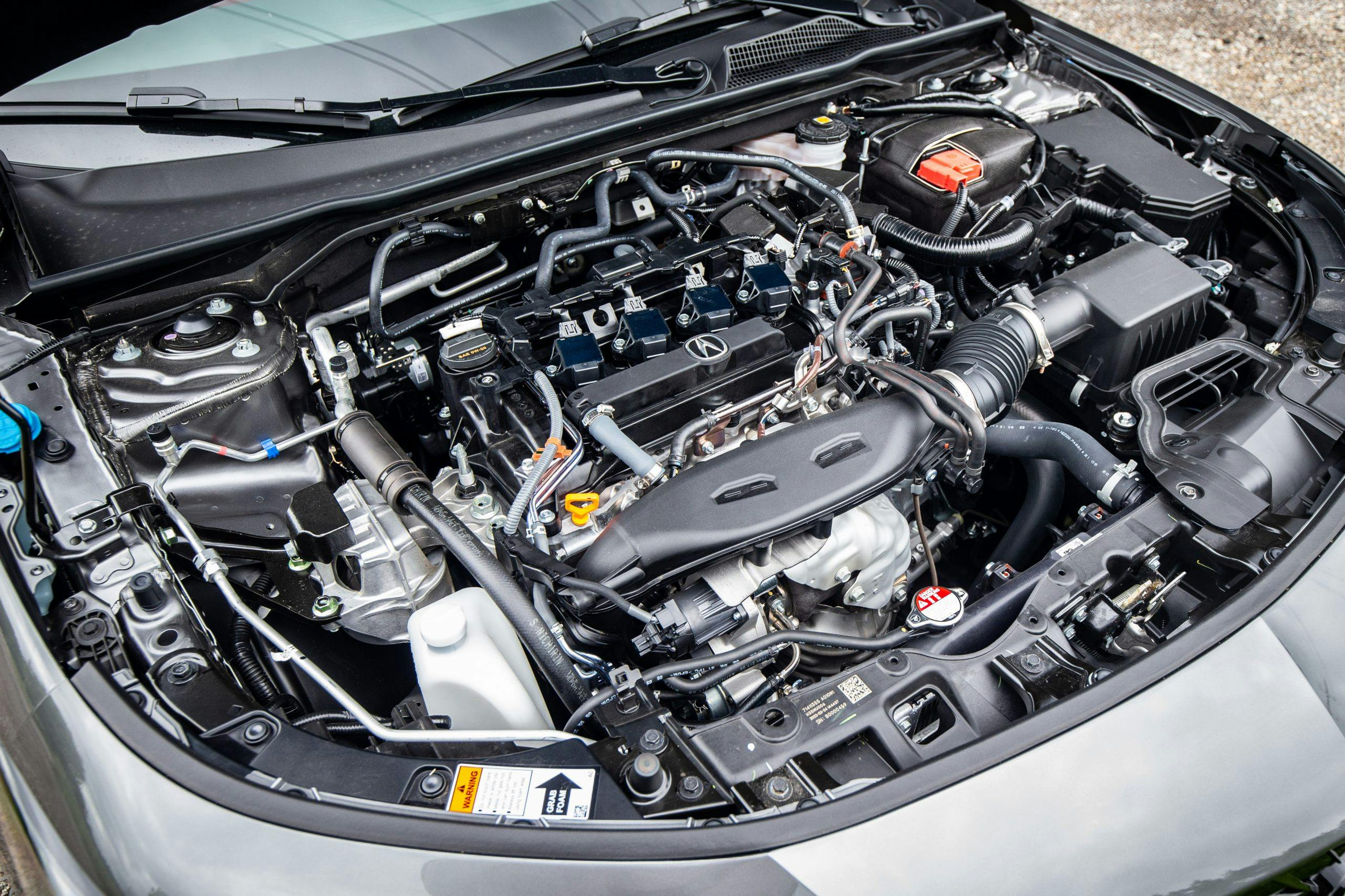

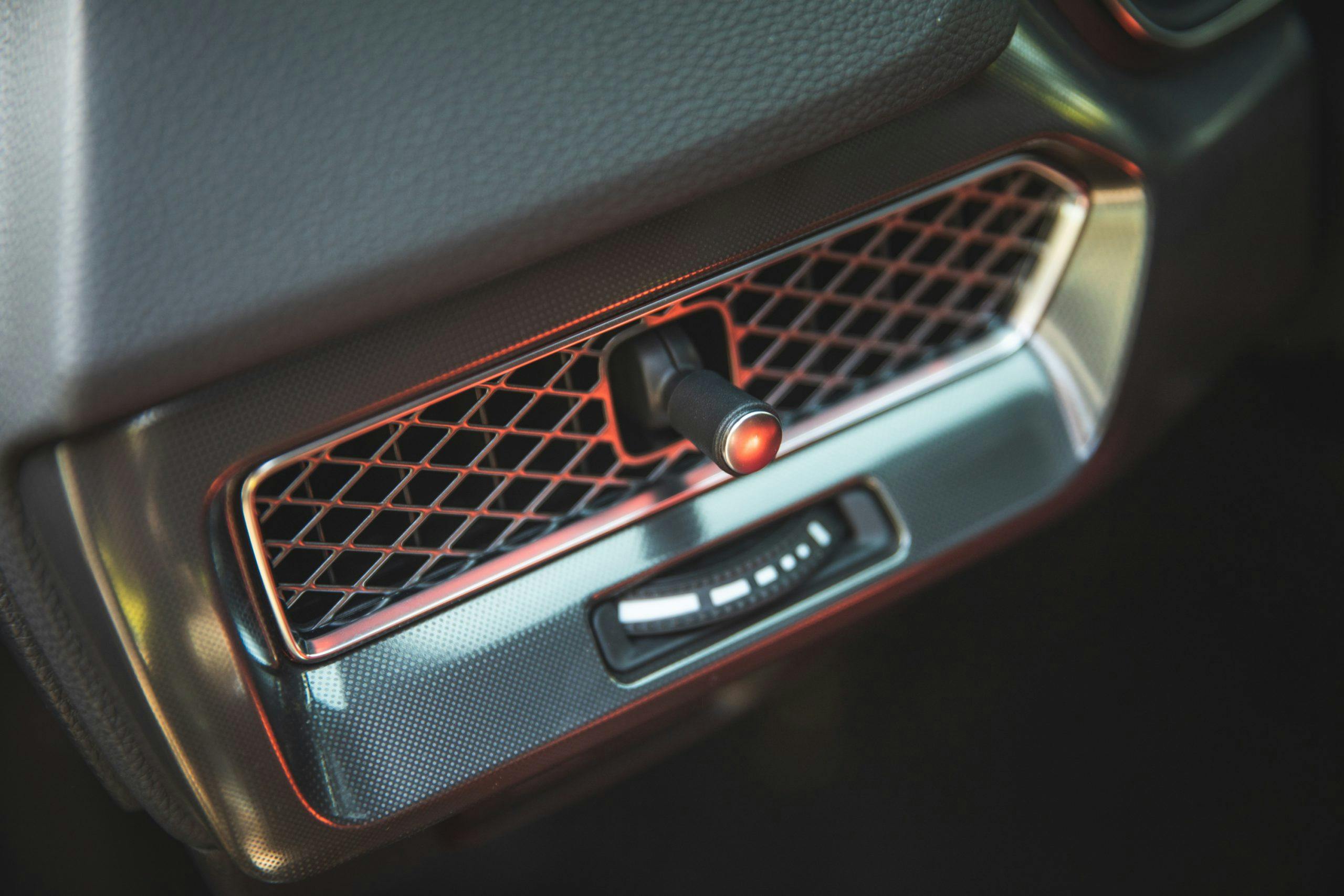
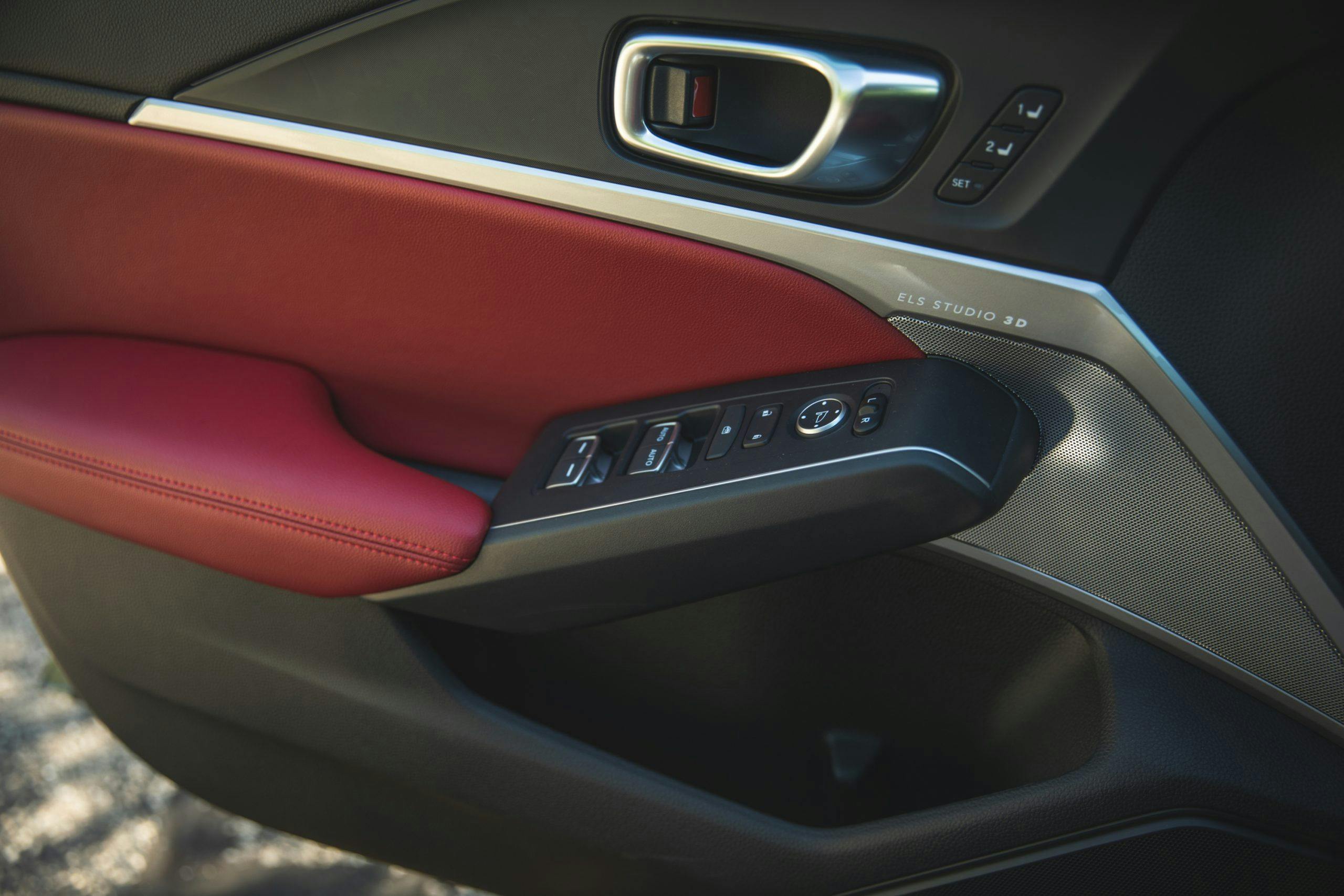

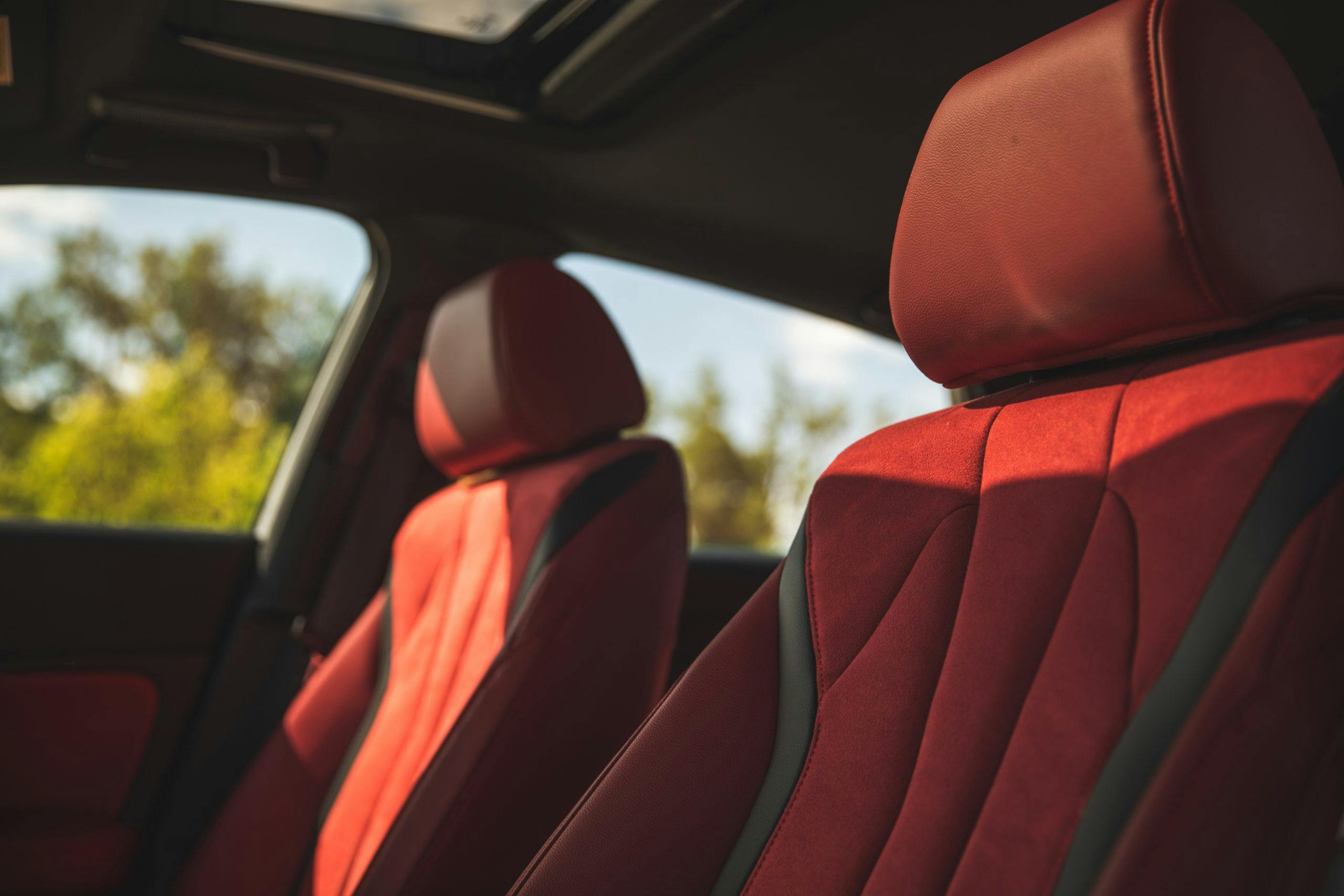
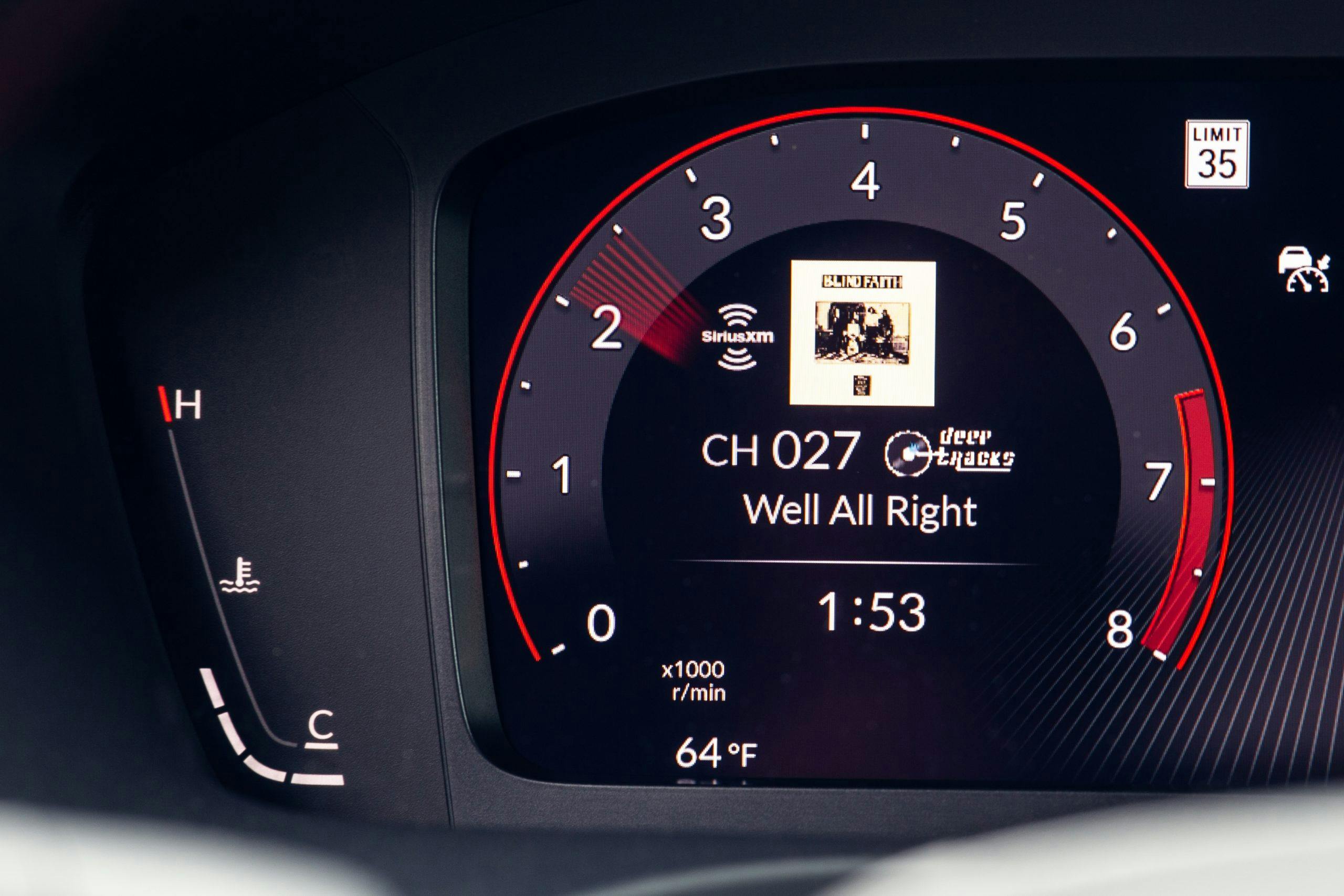
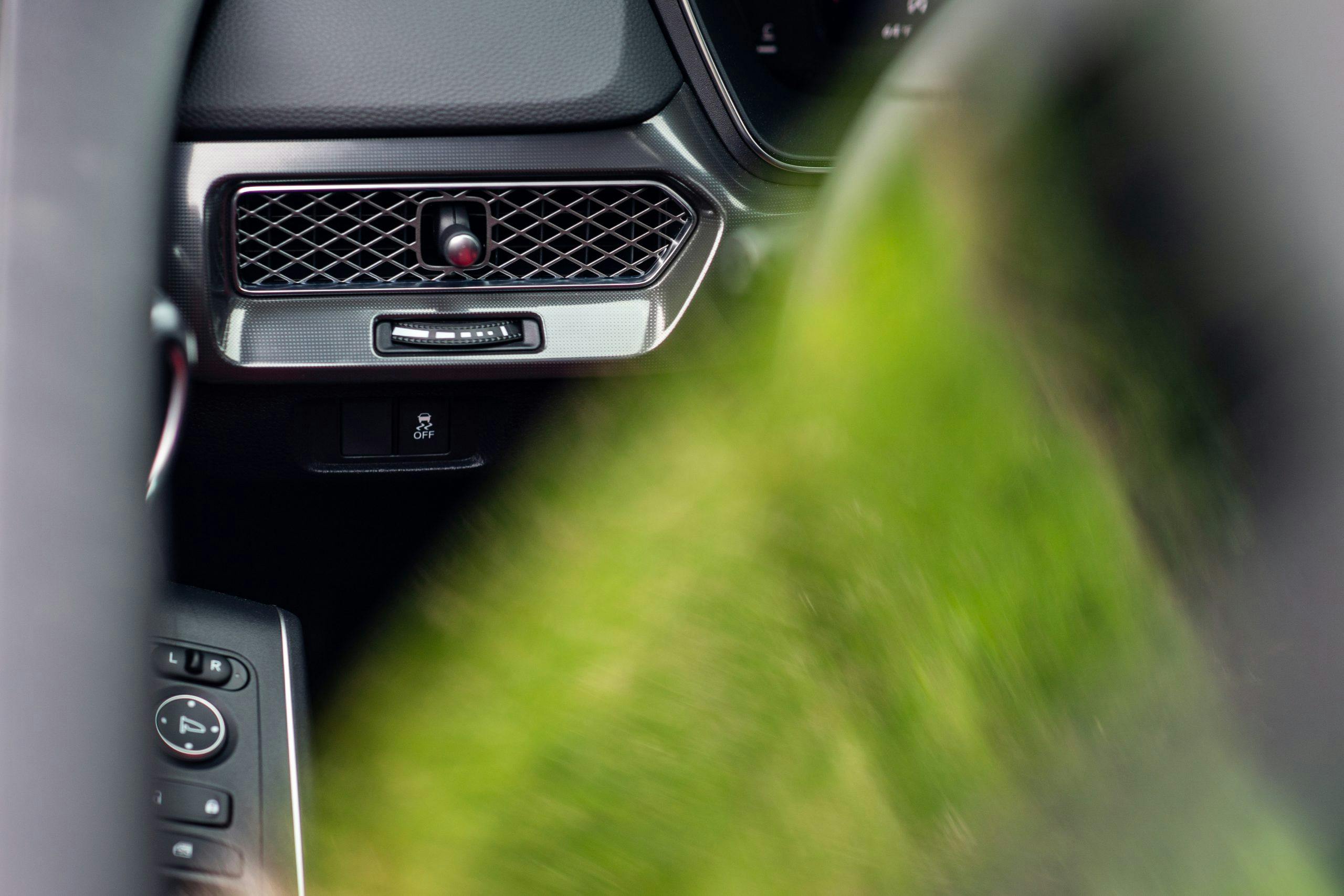
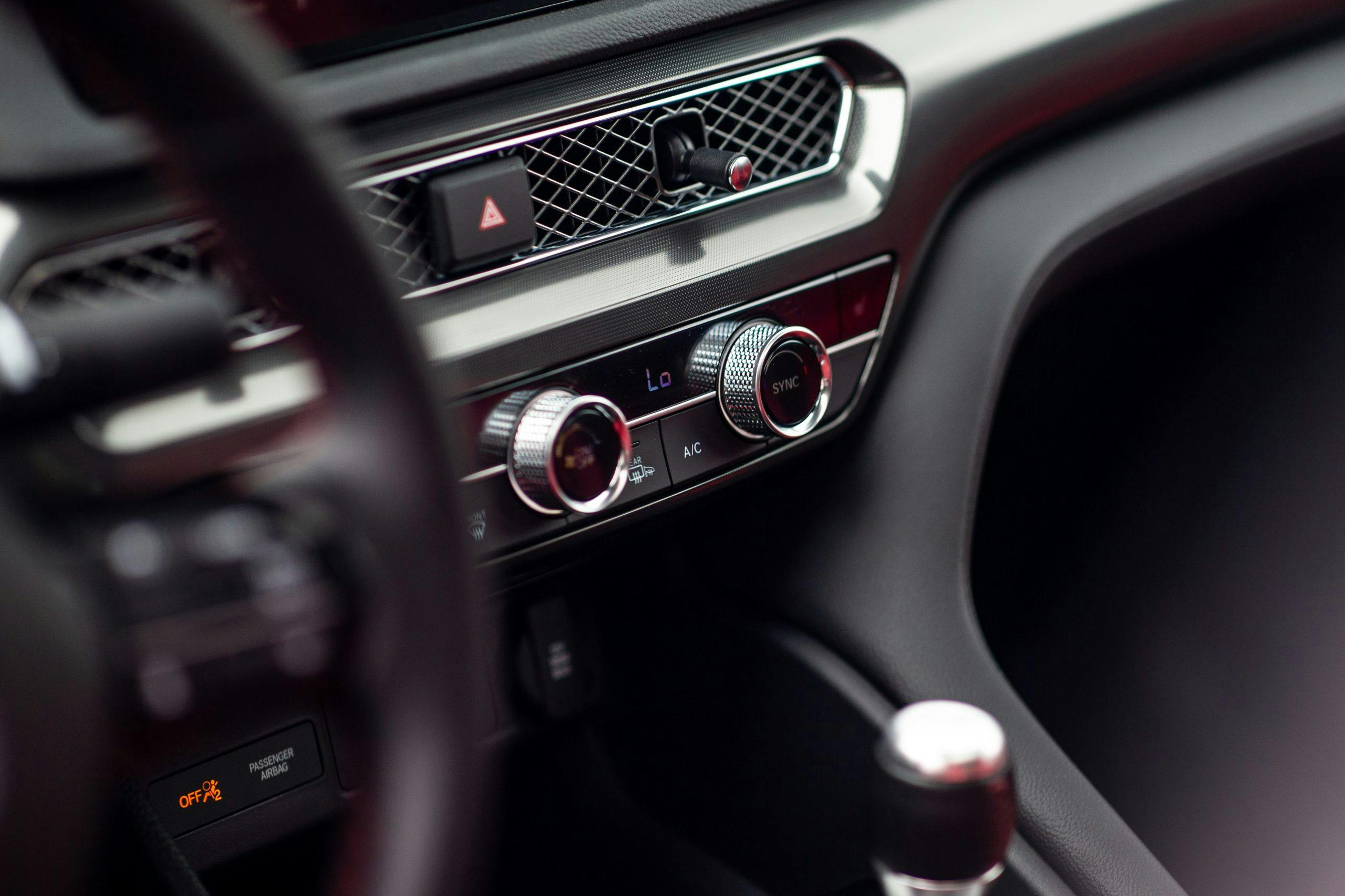
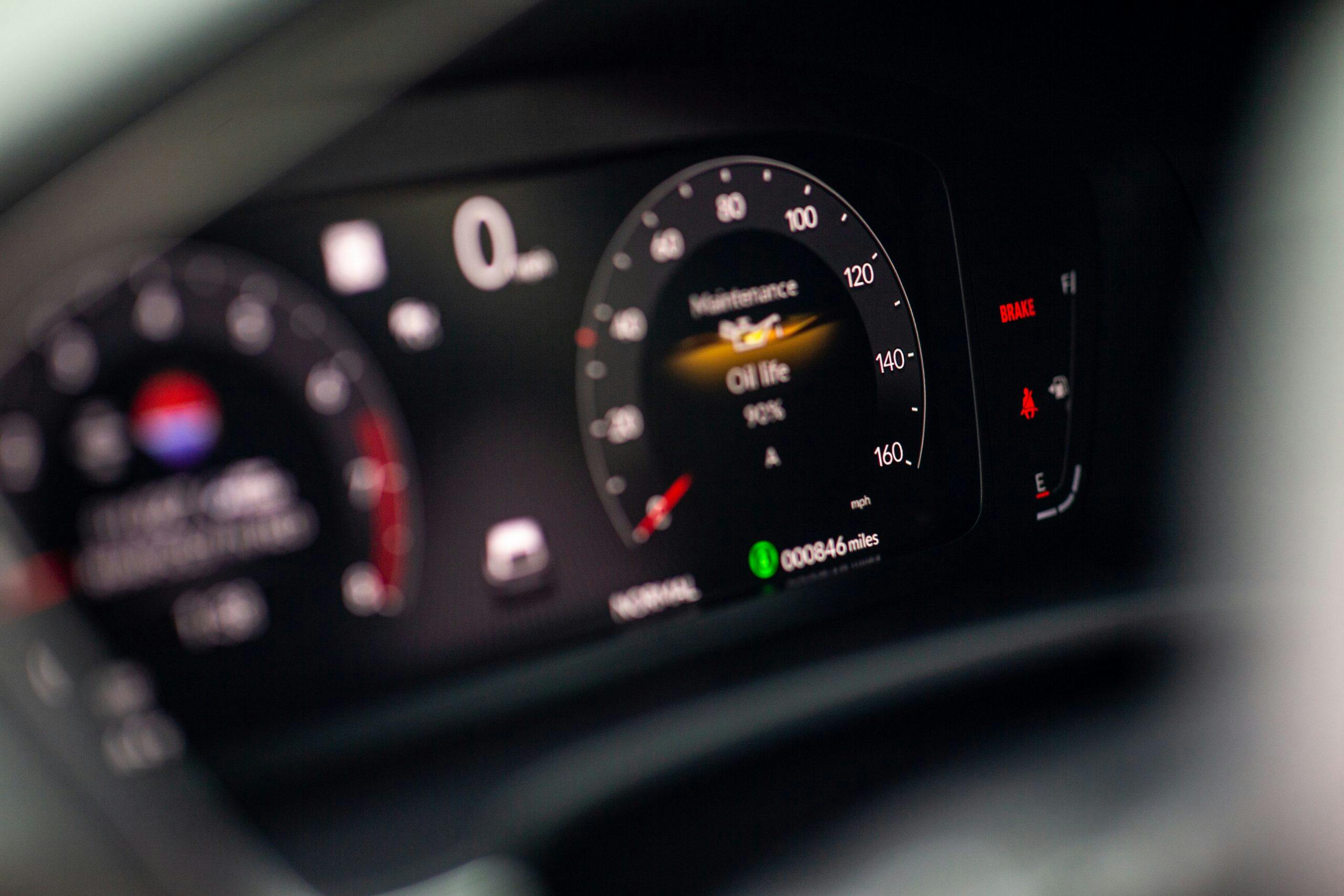
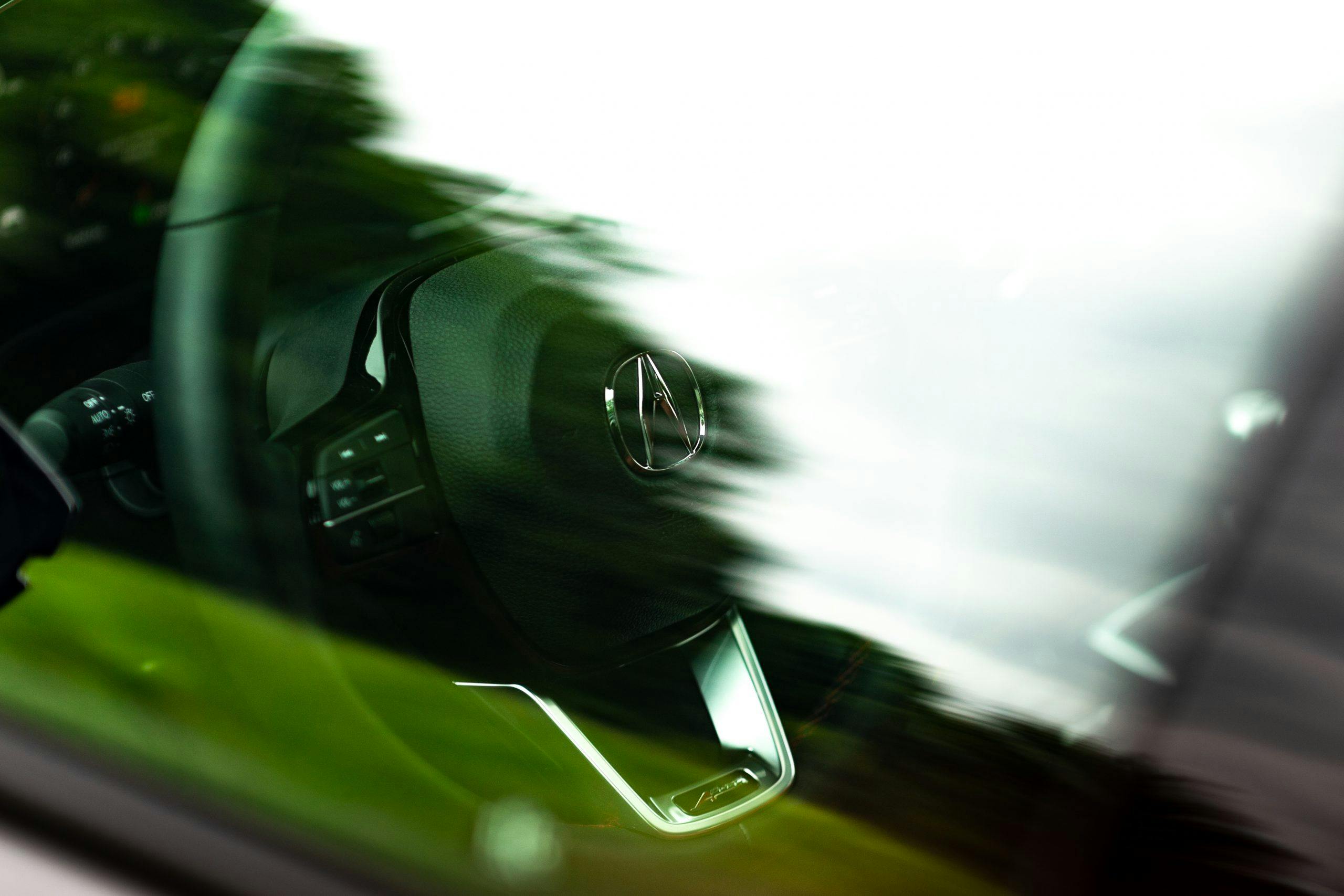
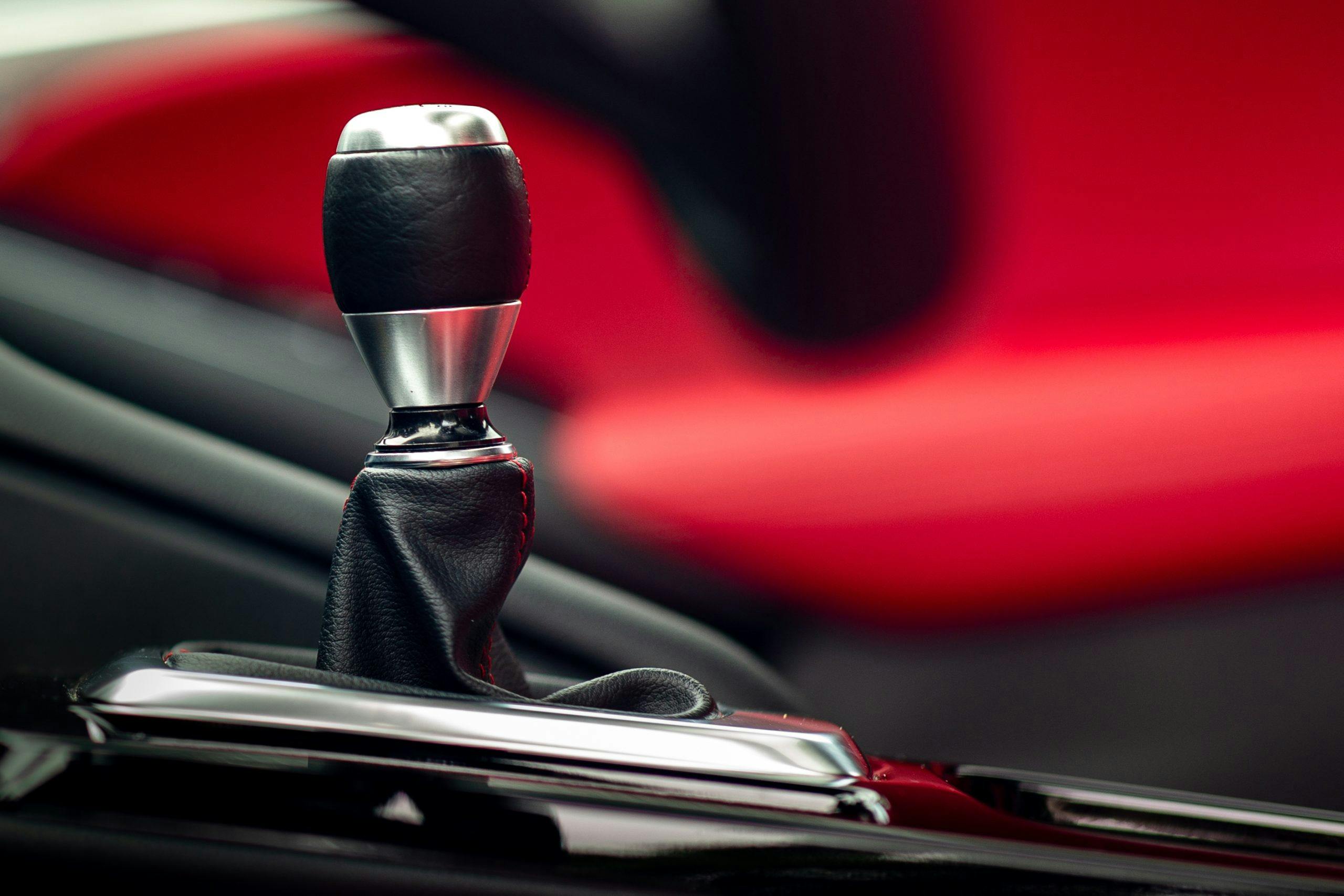

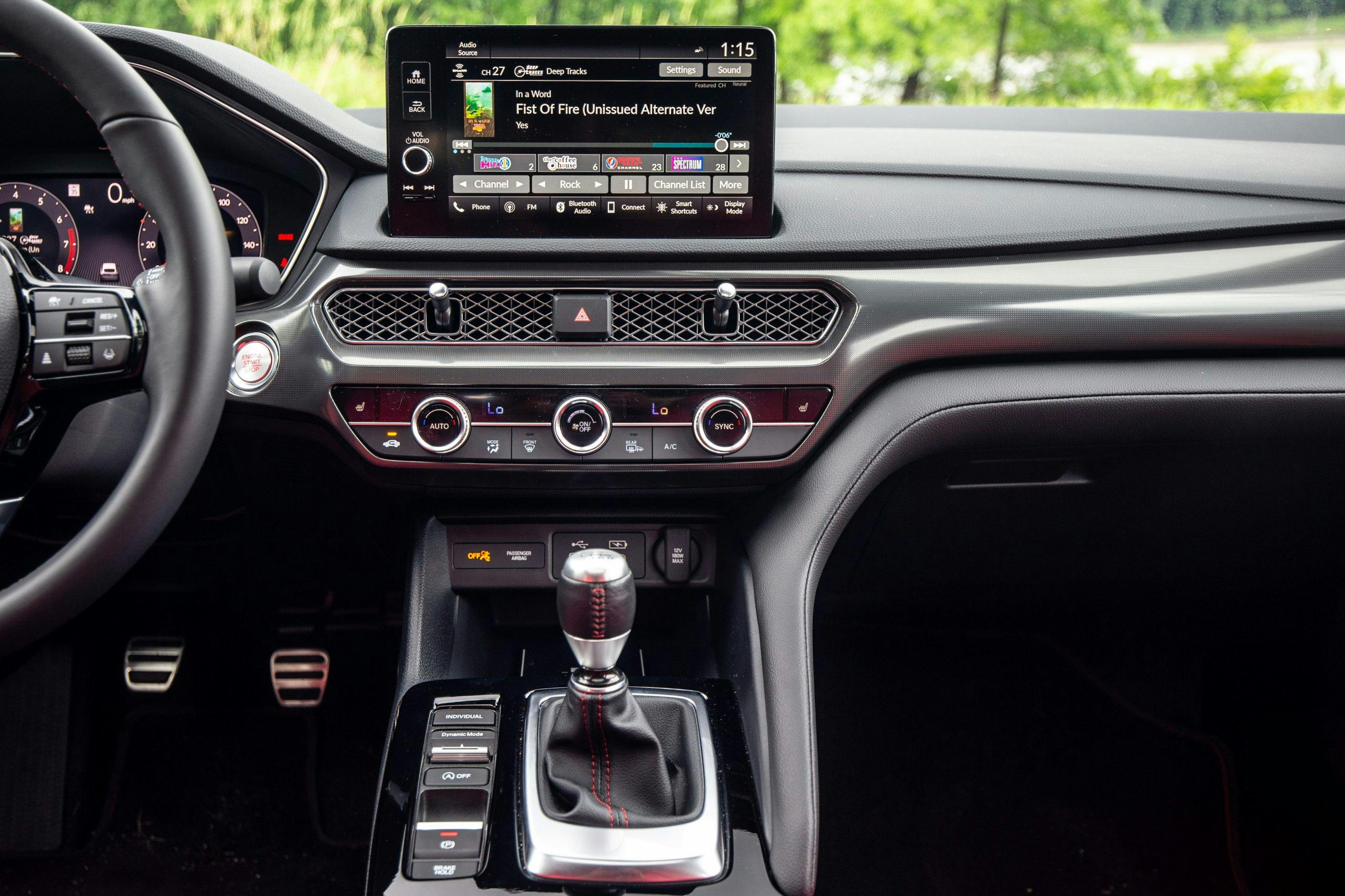
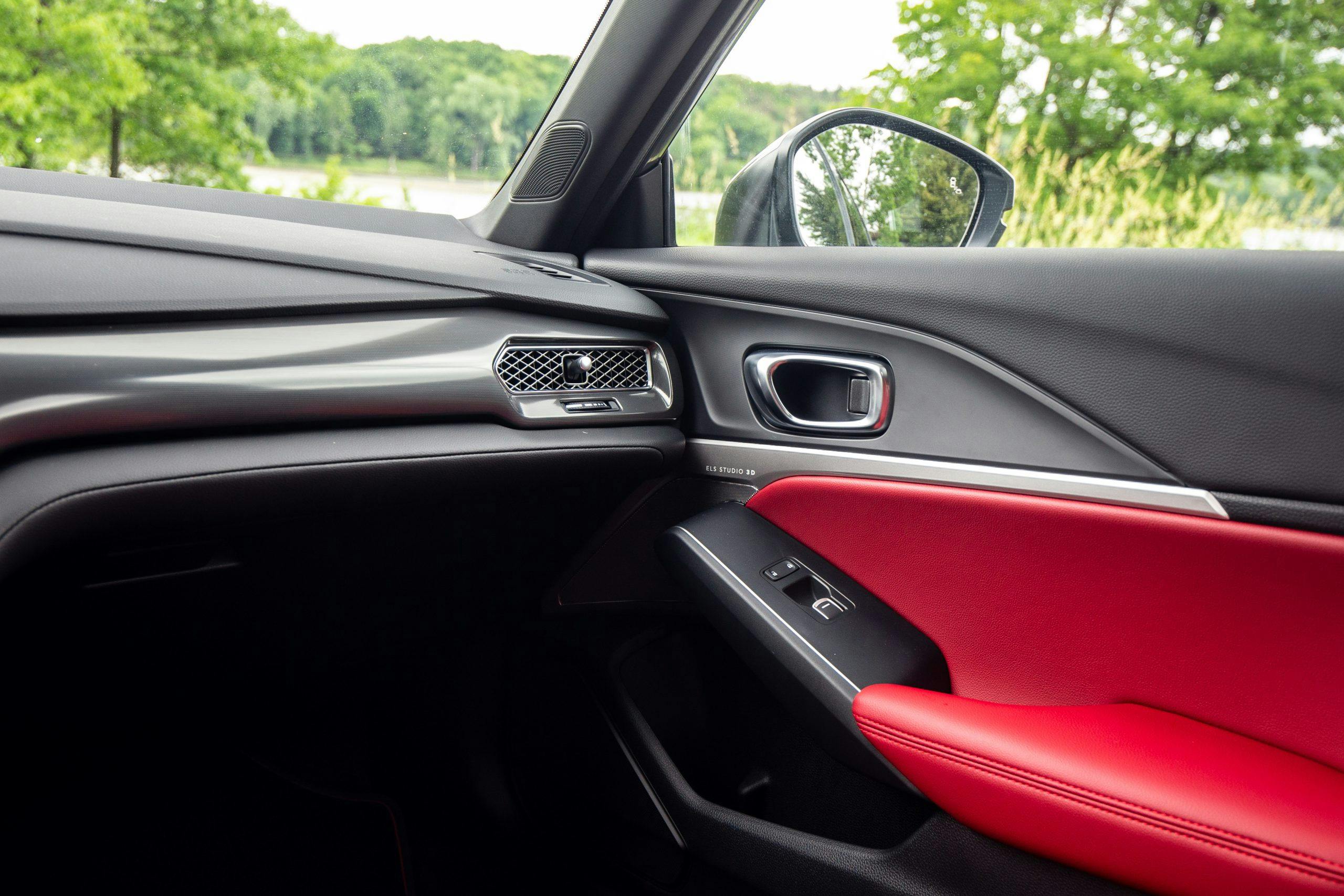


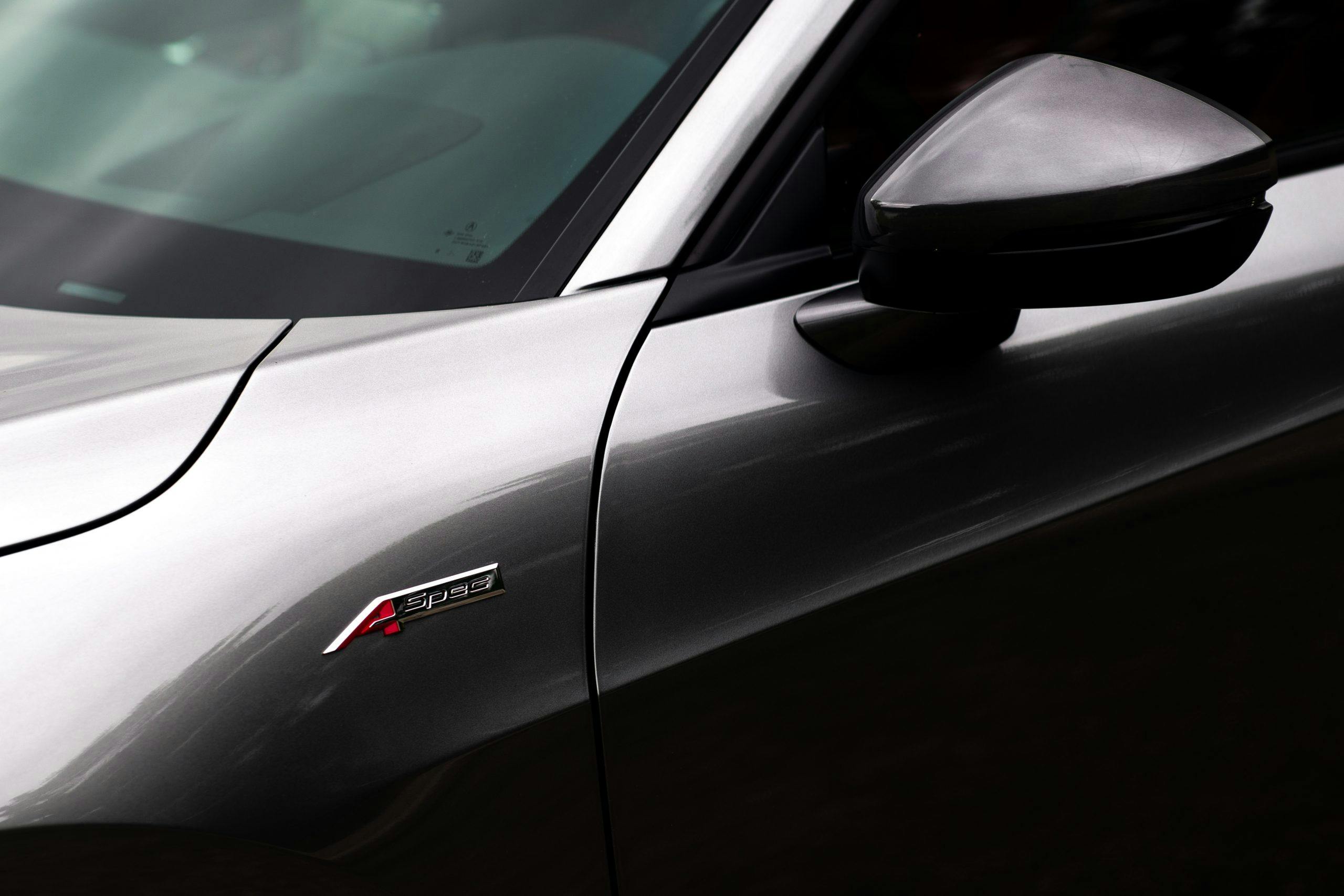
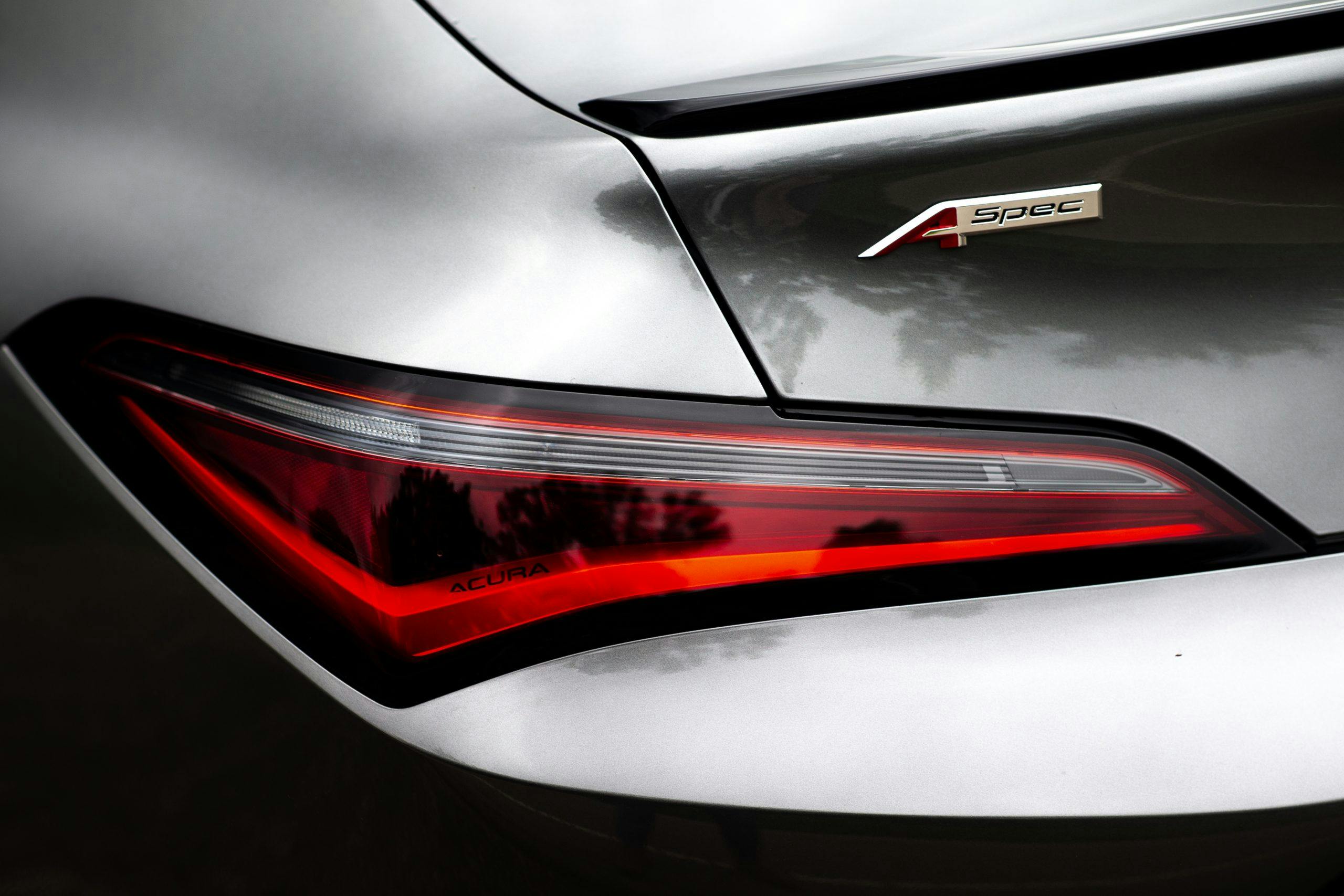
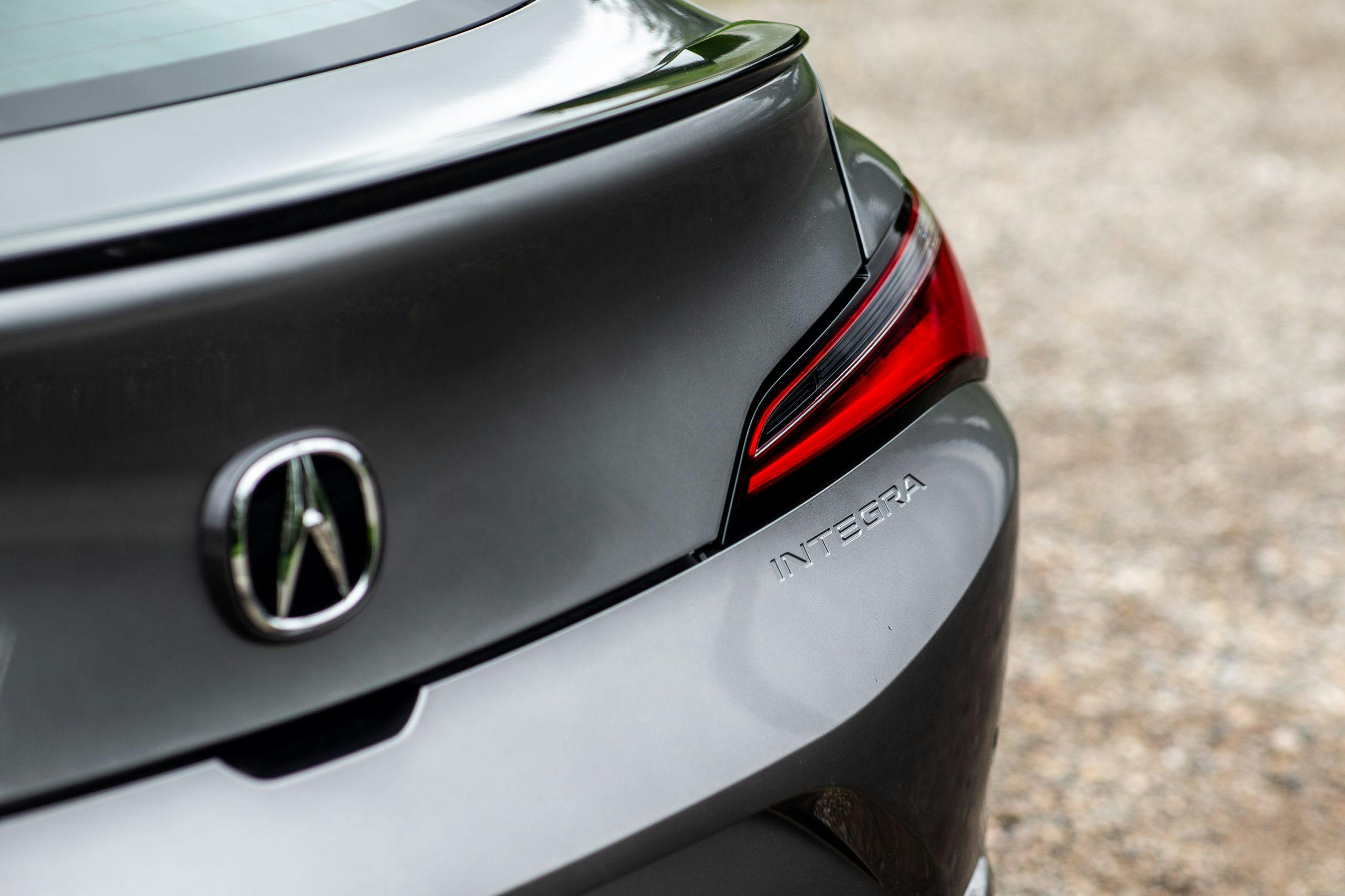


Yes, a damn good luxury Civic Si does sound appealing to me indeed! In fact, I spent about $30,000 in 2013 for a manual ILX with this exact ideal in mind, only it turned out to actually be inferior in most respects to the Si of that time (no limited slip, maybe even louder, weird looking from some anlges…). At $38k ten years later, I think this will actually deliver. And it’s even a five door to sweeten the deal! Mine is coming in about a month.
I hope you enjoy it, Shoobi!